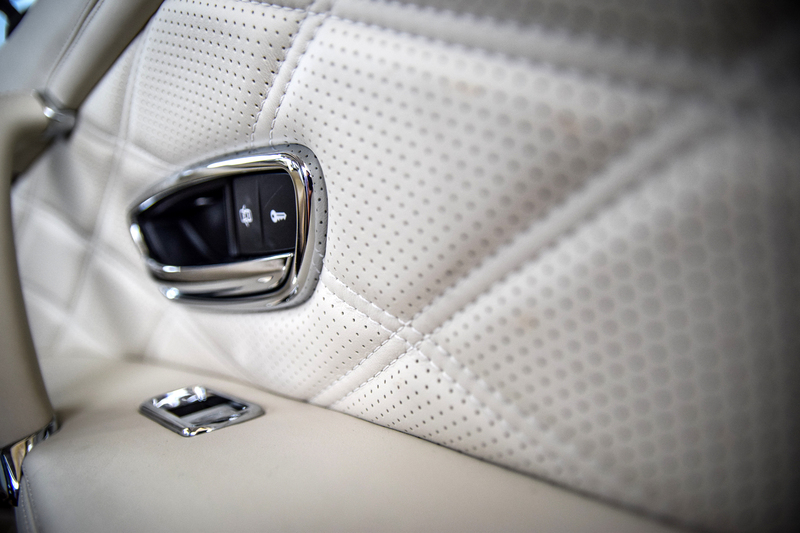How to Clean Resistant Stains on Any Material
Stains--these unwelcome blemishes can turn an otherwise immaculate item into an eyesore. Whether on fabric, upholstery, or household surfaces, resistant stains can be particularly challenging to remove. This guide will help you tackle even the most stubborn of stains, using a variety of techniques tailored to different materials.
Types of Stains
Understanding the type of stain you're dealing with is the first step in successful stain removal. Stains generally fall into three categories:
- Organic Stains: Food, beverages, blood, and urine fall into this category.
- Inorganic Stains: Ink, dyes, and mineral deposits belong here.
- Combination Stains: These are a mix of organic and inorganic materials, like mud or compound liquids like beverages with dyes.

General Principles of Stain Removal
Before diving into material-specific techniques, it's essential to understand some general principles for effective stain removal:
- Always test a small, inconspicuous area first to ensure the cleaning method won't damage the material.
- Act quickly; the longer a stain sits, the harder it will be to remove.
- Blot, don't rub. Rubbing can spread the stain and cause it to set deeper into the material.
Removing Stains from Fabric
Step-by-Step Guide
Step 1: Identify the Stain
Identify the type of stain to choose the appropriate cleaning method. For instance, protein stains like blood or egg need a different treatment compared to oil-based stains like grease.
Step 2: Pre-Treat the Stain
Based on the type of stain, use one of the following pre-treatment solutions:
- Protein Stains: Soak in cold water and use an enzyme-based detergent.
- Oil-Based Stains: Apply a small amount of dishwashing liquid to break down the grease.
- Ink and Dye Stains: Use rubbing alcohol or a commercial stain remover.
Step 3: Washing
Launder the fabric as usual, following the care label instructions. To enhance stain removal, add a stain-fighting booster to your laundry detergent.
Cleaning Stains on Upholstery
Step-by-Step Guide
Step 1: Vacuum
Start by vacuuming the affected area to remove dust and debris. This will make it easier to tackle the stain directly without spreading it.
Step 2: Apply Cleaning Solution
Depending on the type of stain, use one of the following solutions:
- Water-Based Stains: A mixture of water and mild dish soap usually works well.
- Oil-Based Stains: A solution of white vinegar and water can help break down oil.
- Combination Stains: Use an upholstery cleaner that can tackle both types of stains.
Step 3: Blot and Rinse
Blot the stained area with a clean cloth to lift the stain. Rinse the area with a damp cloth to remove any residue.
Removing Stains from Carpets
Step-by-Step Guide
Step 1: Blot the Stain
Use a clean, dry cloth to blot as much of the stain as possible. Avoid rubbing, as this will spread the stain.
Step 2: Apply Cleaning Solution
Use a carpet stain remover or make your own solution:
- Water-Based Stains: Mix one part white vinegar and one part water.
- Oil-Based Stains: Use a mixture of dish soap and warm water.
Step 3: Blot Again
Blot the stained area with a clean cloth soaked in the cleaning solution. Rinse with water and blot dry.
Cleaning Stains on Hard Surfaces
Step-by-Step Guide
Step 1: Identify the Surface Type
Different materials require different cleaning methods. For example, the method used for cleaning a granite countertop will differ from that used on a wooden table.
Step 2: Apply Appropriate Cleaner
Select a cleaner based on the type of surface:
- Wood: Use a mixture of dish soap and water. Avoid soaking the wood.
- Stone: A pH-neutral cleaner or a mixture of water and rubbing alcohol.
- Tile: A mixture of baking soda and water usually works well.
Step 3: Scrub and Rinse
Scrub the stained area gently using a soft cloth or brush. Rinse thoroughly and dry the surface.
Specialized Stain Removal Techniques
Using Commercial Stain Removers
Commercial stain removers can be highly effective. Always read the label for usage instructions and test a small area first. Key points include:
- Select a product designed for the specific type of stain.
- Follow the manufacturer's guidelines for application and dwell time.
- Rinse thoroughly to remove any chemical residue.
DIY Solutions
Household items can serve as effective stain removers:
- Baking Soda: Create a paste with water for scrubbing stubborn stains.
- Hydrogen Peroxide: Good for organic stains but can bleach fabrics.
- White Vinegar: A versatile cleaner effective on many surfaces.

Preventing Future Stains
Preventative measures can save you from the headache of dealing with stubborn stains. Consider the following tips:
- Use protective covers on furniture and fabrics.
- Apply stain-resistant treatments to carpets and upholstery.
- Regularly clean and maintain surfaces to prevent buildup.
Conclusion
Resistant stains may be challenging, but they are not impossible to remove. By understanding the type of stain and the material you are working with, you can choose the most effective cleaning method. Follow the steps and tips outlined in this guide to restore your items to their original, pristine condition.
Happy cleaning!



